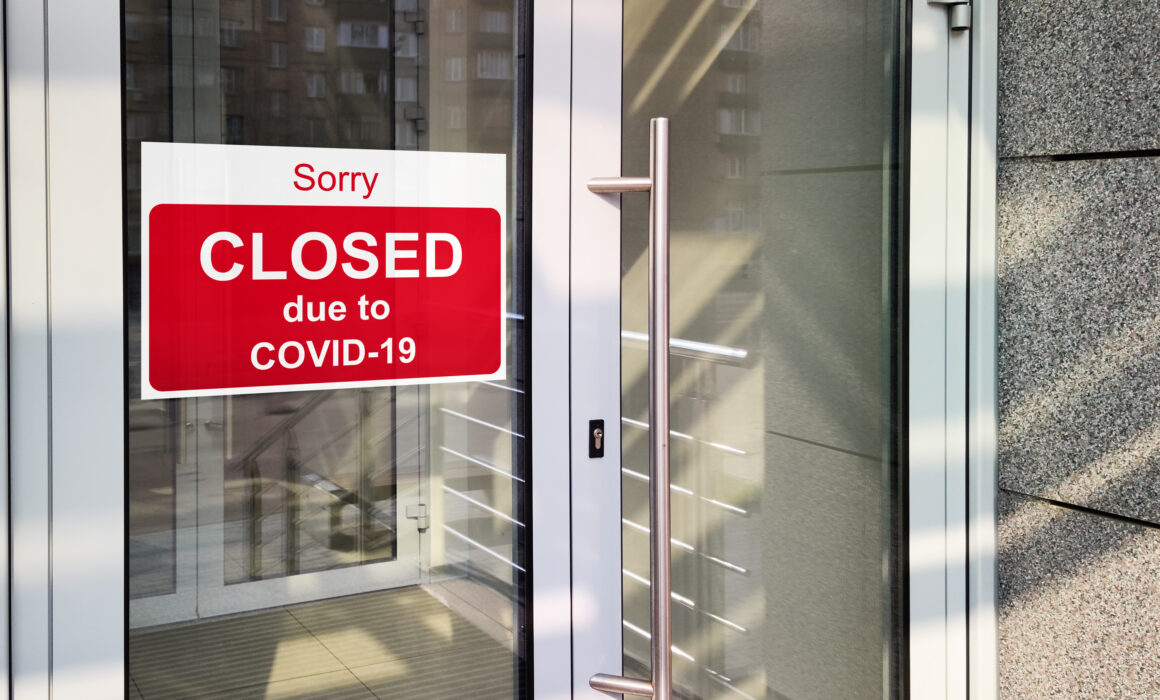Marketing Challenges Driven by the COVID-19 Pandemic
The phrase “These are unprecedented times” has never been more realistic than it is today. Changes in all facets of our lives are happening very quickly and in real time, causing lack of clarity in how to adapt and move forward in this new normal.
The economy as a whole is taking a huge hit across all business markets during the COVID-19 pandemic. Although some businesses are thriving, most are not. In fact many companies are recording zero revenue during the mandatory closures, and some have completely shut down.
All businesses are re-evaluating their marketing and media spending and have refocused their advertising, marketing and promotional efforts in an attempt to sustain consumer interest and expenditures, while maintaining a return on marketing investment.
Larger companies are finding ways to adapt to the current situation. Many are not trying to sell you something; they are focusing more on community outreach. This effort will tend to keep them mainstream and top of mind as we continue to open the economy. With that said, smaller local businesses have taken the hardest hit. Many have closed their doors indefinitely and others are taking a wait-and-see stance. In all cases, the marketing budgets have declined exponentially.
As companies adapt and grapple with what the future will look like, several factors come to the forefront:
- How to sustain the brand when markets are reshuffled
- Whether to develop new products that align with this new normal
- How to deal with the competitive landscape when there are fewer dollars available for marketing your products
- How brands can address consumer concerns about health, wellness and community
These issues raise several questions concerning sustainability and strategic planning:
- How can a major and trusted brand develop an effective business strategy when governments have not adopted uniform criteria for when businesses should be reopened?
- How do brands promote a product or service in the midst of the COVID-19 crisis in a way that resonates with consumers?
- How does a brand communicate with consumers in an effective way after fear subsides and a sense of “normality” returns?
- Beyond communication, how does a brand adapt and engage consumers to promote spending on their products?
As a result of these uncertainties, many brands may look to optimize their marketing practices to better reflect the increase in online transactions, communication, and face time with consumers.
History has shown us that in times of economic downfall, most businesses look at decreasing their marketing spending as the first line of defence. The brands that adapt and continue to push brand awareness, though, have a faster recovery time to market.
Top-of-mind marketing has never been more important than it is today.



